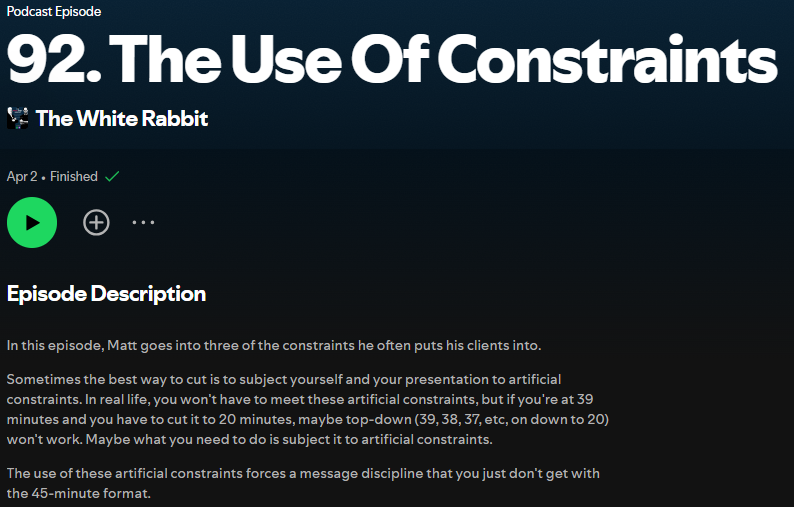Many years ago, in a former life, I was an inventory planner for a kitchenware import company in the US. We would design stuff, get it made (mostly in China, surprise surprise), and import it into the US.
Since I was managing one of the largest assets on the balance sheet, the CEO and CFO and I would get together once a month for what we called “the inventory pow-wow” (these days it would probably go by another name, what with the political correctness expectations being different).
In the meeting announcement, I would say something like “this meeting will last 27 minutes,” and then at the beginning of the meeting, I would set my watch alarm to go off in 27 minutes, and then put my watch in the center of the table.
In theory, that idea sounded great, but in practice, more often than not the CEO would trump my beeping alarm and keep talking. “I’m the CEO,” he was basically saying, “and if I want to talk, you’re going to listen. I don’t care if the 27 minutes is up.”
The point, though, is that setting artificially-tight constraints on something is often the best way to draw out creativity. If you have unlimited space and time in which to solve a problem, there’s unlimited space and time to be lazy.
But if you have to solve a problem inside of a really tight space, you have no choice but to design something creative.
That brings me to today’s recommended podcast episode. When you are designing a presentation (or any communication, for that matter), try putting yourself under ridiculously-tight constraints, and see what comes out.

